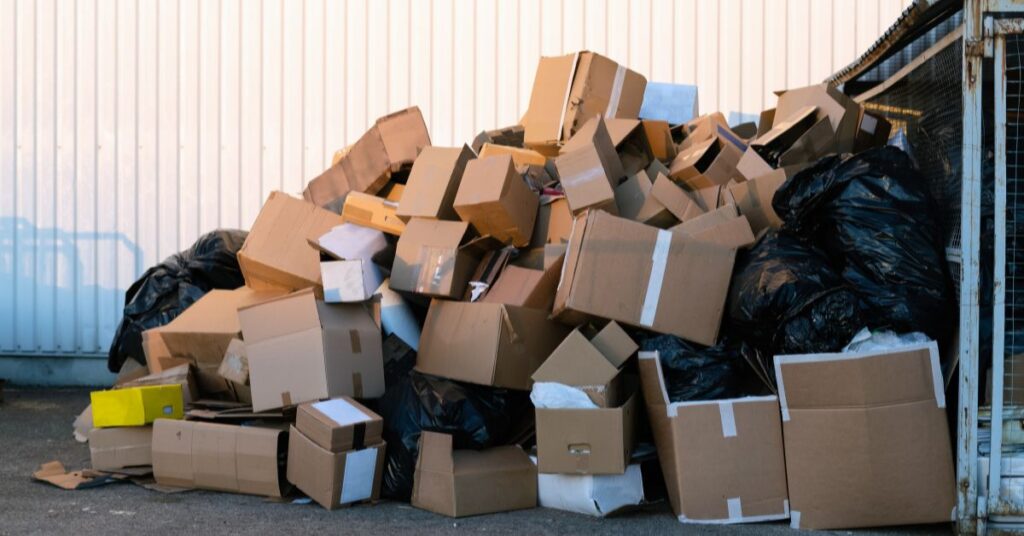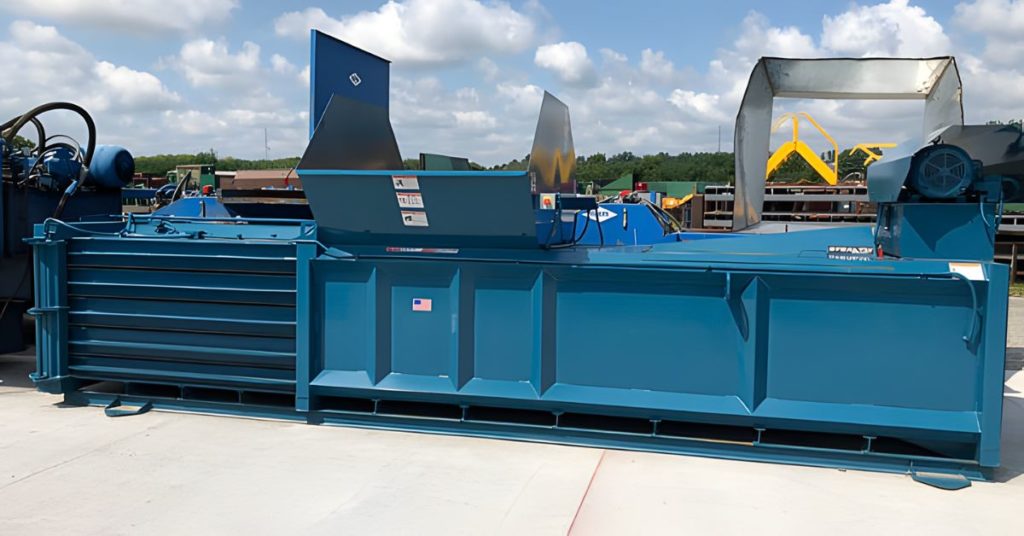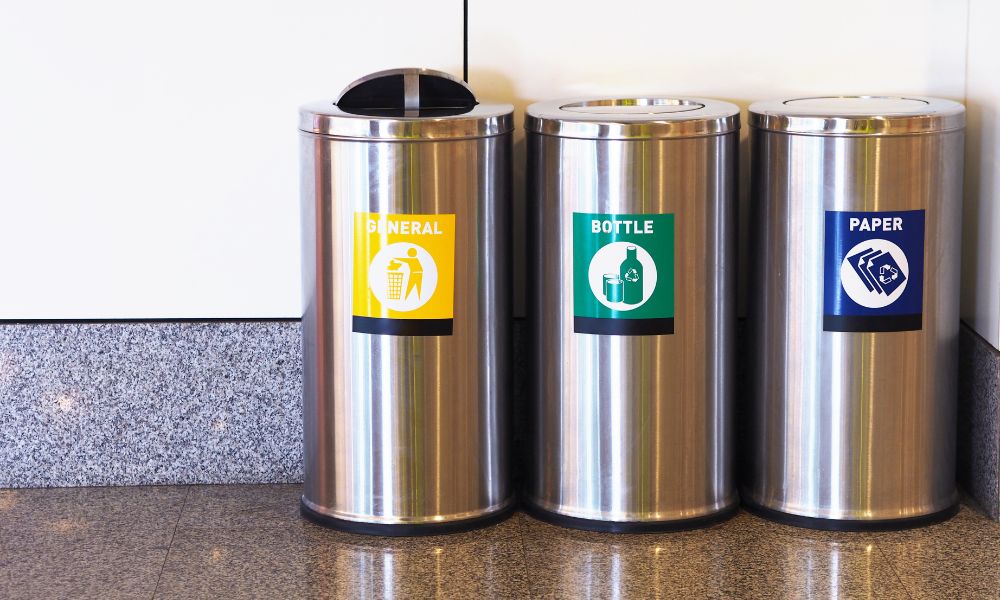Cardboard is everywhere. From online shopping boxes and product packaging to storage containers, its usage has skyrocketed in recent years. However, with this surge comes the challenge of managing the waste. Mountains of cardboard pile up in landfills every year, contributing to significant environmental strain.
Effectively and efficiently disposing of cardboard waste is an environmental obligation and an opportunity to minimize costs and streamline waste management operations. We’ve created this complete guide to disposing cardboard waste, offering your business a chance to make the best decisions for your values and waste demands.
Cardboard Waste Disposal Is Essential for Sustainability
Disposing of cardboard waste effectively is crucial for environmental sustainability. Cardboard is one of the most recyclable materials available, but improper disposal often leads to contamination, reducing its recycling potential. When cardboard ends up in landfills, it breaks down and produces methane, a harmful greenhouse gas.
Proper cardboard disposal helps the environment and aligns with commitments to sustainability, which modern businesses and governments highly value. By taking a proactive approach to managing cardboard waste, you’re contributing to a cleaner future while reducing operational inefficiencies.
Businesses Can Reduce Cardboard Waste With Smarter Practices
For businesses, the key to reducing cardboard waste is adopting smarter waste management practices. Start by evaluating your packaging processes. Can you minimize the amount of cardboard your business uses? Using the right-sized packaging for your products eliminates excess waste. Incorporating reusable or returnable cardboard boxes in your logistics can further shrink your waste footprint.
Encourage employees to flatten and sort cardboard boxes as part of your waste protocol. Partnering with a reliable service for a compactor rental can streamline this process for businesses that deal with large quantities of cardboard. A compactor compresses bulk cardboard efficiently, saving space and making it easier to transport to recycling facilities.
Another effective process is cardboard baling. Baling takes a large volume of cardboard and compacts it into bundles, or bales. Your waste management partner can place a baler on-site to ensure you have the means to effectively bundle your cardboard for transport or recycling.
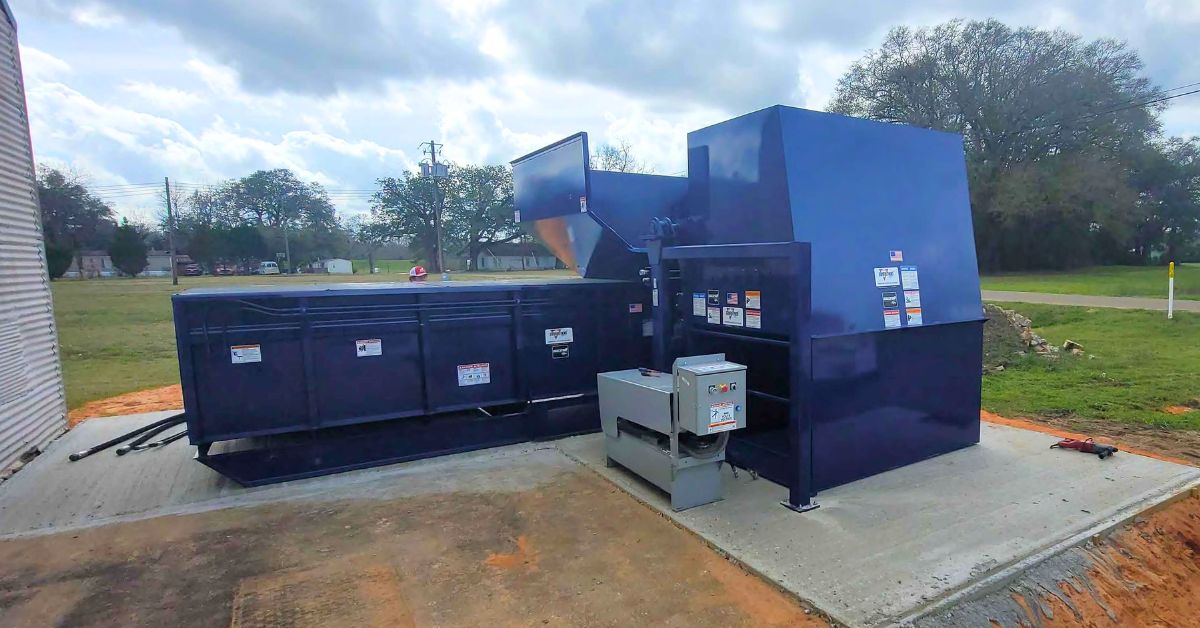
Choose the Right Disposal Method for Your Needs
Cardboard disposal methods vary depending on the volume and type of waste you generate. Recycling is the most common method, but it’s critical to maintain clean and dry cardboard for it to be processed effectively. Alternatively, composting is a viable method for certain types of cardboard, such as those without glossy coatings or ink dyes that may harm soil.
Incineration is another option, primarily for organizations that generate contaminated cardboard waste. However, businesses should use this method sparingly and only when recycling isn’t feasible, as burning paper products emits carbon dioxide. Choosing the most suitable disposal method depends on your business’s waste generation patterns and infrastructure.
Local Centers Make Cardboard Recycling Easier
Recycling centers offer a convenient location for individuals and businesses to drop off cardboard waste. Most municipalities provide designated centers or curbside pickup services designed to handle paper products, including boxes and packaging. It’s essential to research local guidelines, as certain facilities specialize in specific types of cardboard or impose conditions, such as requiring flattened items and packaging free from packing tape and labels.
For businesses managing higher volumes, working with a recycling partner simplifies the process further. Many professional recycling services provide pickup programs, which save time and support responsible cardboard waste processing.
How the Cardboard Recycling Process Works
Recycling cardboard begins with collectors gathering clean and sorted waste. At recycling centers, this waste is finely shredded to break it into manageable fibers, which are then mixed with water to create a slurry. This stage removes adhesives, plastic, or other contaminants. The clean pulp is then dried and pressed into sheets, ready to be repurposed into new cardboard products.
This closed-loop system significantly reduces the demand for virgin materials, making cardboard recycling one of the most eco-friendly waste management options available. Understanding how cardboard is recycled can help businesses and individuals take extra care in ensuring their waste is properly sorted before disposal.
Recycling Cardboard Comes With Significant Benefits
Recycling cardboard offers environmental, financial, and social benefits. From an environmental perspective, recycling reduces the number of trees harvested for paper products and limits landfill contributions.
For businesses, recycling can translate into cost savings by reducing landfill fees and possibly generating revenue from selling bulk recyclable materials. Furthermore, consumers increasingly value companies that prioritize sustainable practices, making recycling a smart marketing advantage.
Cardboard Compactors Manage Waste Effectively
Cardboard compactors are powerful tools in waste management. These machines compress large quantities of cardboard into manageable bales, reducing the space and cost associated with waste storage and transport. For businesses producing cardboard waste in bulk, partnering with a compactor rental service is a cost-effective solution that saves time while ensuring compliance with recycling procedures.
Compactors are especially beneficial for retail stores, warehouses, and distribution centers where cardboard waste accumulates quickly. By using compactors, businesses reduce waste overflow issues, create more organized waste management systems, and contribute directly to recycling efforts.
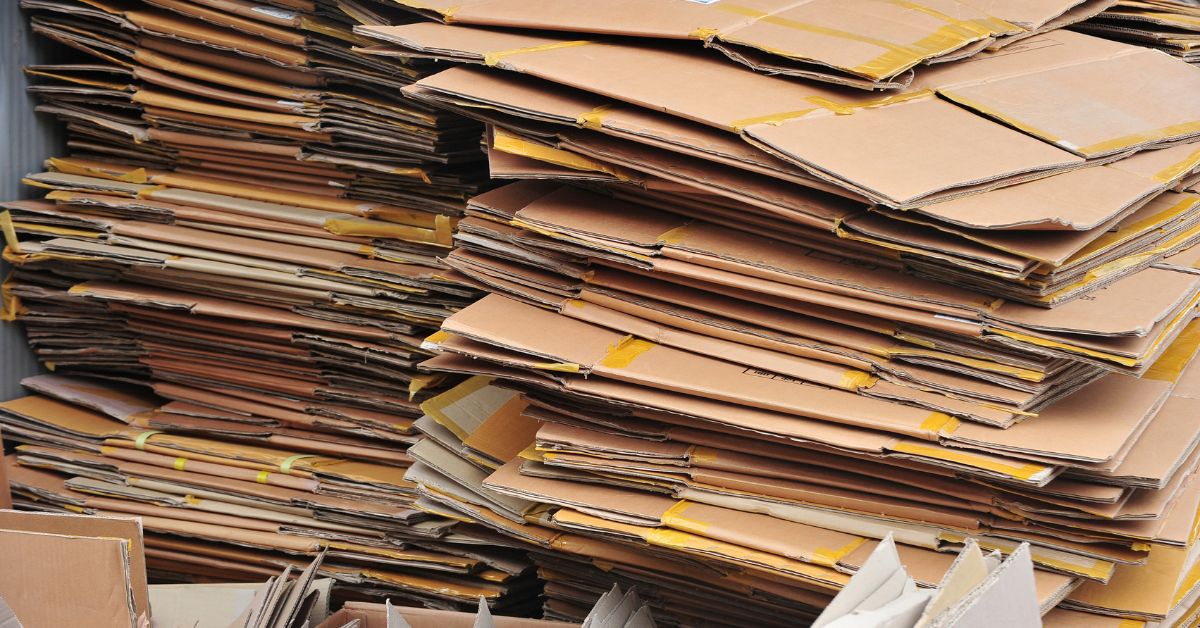
Mitigate Disposal Challenges With Planning
Despite the many benefits, disposing of cardboard waste isn’t without its challenges. Some types of cardboard are contaminated with adhesives, wax coatings, or food residues, making them unsuitable for recycling. Additionally, if cardboard is stored improperly, it can become damp or infested, rendering it unfit for further use.
These challenges highlight the importance of implementing stable waste management policies. Training employees to handle cardboard waste properly, investing in storage solutions to maintain cleanliness, and relying on compactors or balers for optimized storage are practical ways to overcome such obstacles.
Cardboard Disposal Trends Are Shaping the Future
The future of cardboard disposal lies in innovation and collaboration. Advances in AI and smart waste management systems are enabling businesses to monitor their cardboard waste in real time, improving efficiency and providing insights into consumption patterns. Additionally, bio-based and compostable coatings are being developed to replace harmful waxes and adhesives, making recycling easier.
Meanwhile, collaborations between governments, businesses, and non-profit organizations continue to raise awareness about recycling programs and incentivize eco-friendly practices. Groundbreaking innovations and collective efforts are defining the future of cardboard waste management.
Take Responsibility for Your Cardboard Waste Disposal
Cardboard waste disposal might seem like a small detail from this guide, but when scaled to the volume businesses and individuals generate daily, taking practical steps makes a world of difference. Whether you use recycling centers, rent a cardboard compactor or baler, or reduce waste at the source, every effort matters.
By taking responsibility for your cardboard disposal habits, you’re setting an example for others to follow. Start practicing smart waste management with Compactor Rentals of America and lead the way toward a cleaner, more sustainable future.
